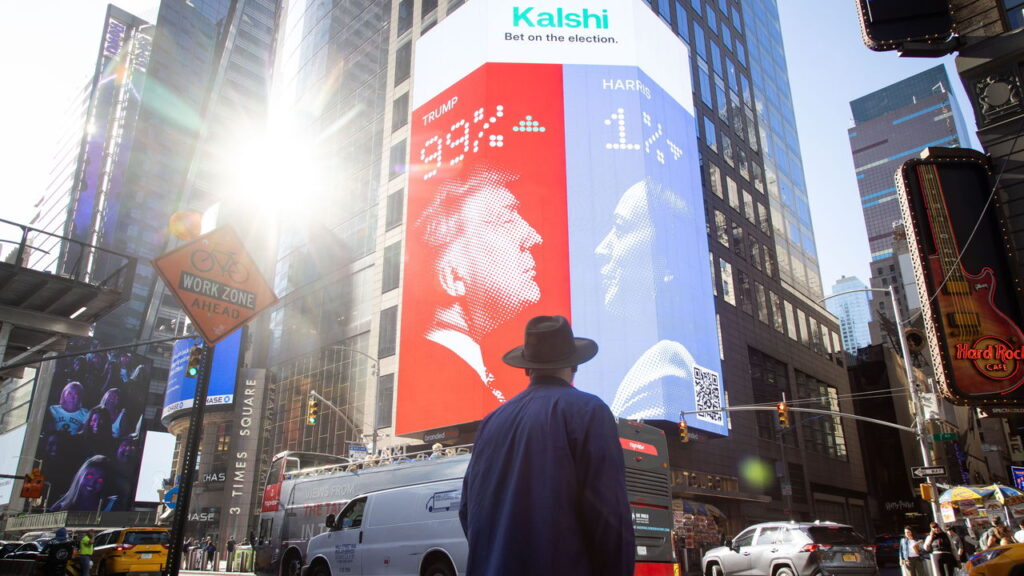The evolution of political betting in America has traversed a tumultuous path, especially in the aftermath of World War II. The surging popularity of political polling, coupled with stringent regulations against sports gambling, forced political betting markets to retreat into obscurity. These clandestine practices flourished unnoticed, as individuals engaged in informal betting on political outcomes without any organized framework. This remained the status quo until a pivotal decision was made by a federal court just last month, which marked a significant turning point for the industry.
The ruling granted Kalshi, a newly established betting exchange, the authorization to offer political betting options to American citizens for the first time in decades. This development not only opened up a new frontier in the gambling landscape but also provided a legal platform for speculators and enthusiasts of political outcomes to engage in wagering on matters of political significance. In a remarkably short period, more than $400 million has been wagered on Kalshi, underscoring the enormous appetite for political betting among the American populace.
The resurgence of political betting has not only been confined to domestic markets. Globally, various prediction platforms have reportedly seen total wagers rise into the several billions of dollars. This phenomenon raises an intriguing question: How have speculators fared with their bets in the context of America’s recent elections? The answer lies in the marriage of data analytics, public sentiment, and the unpredictable nature of political events.
In examining the performance of political bets, one must consider several critical factors that influence these markets. These include the state of political campaigns, election forecasts, media coverage, and the prevailing mood of the electorate. The engagement of bettors with these elements reveals a complex relationship between speculation and outcomes, where informed bets can lead to substantial gains, while poorly informed speculations might yield significant losses.
Moreover, the presence of sophisticated technology and analytics in the form of data-driven models has transformed the predictive capabilities in political betting. Bettors can now leverage mountains of data to make informed decisions, akin to stock market traders analyzing trends before making significant investments. This transformation signifies a pivotal shift from the informal betting culture of the past to a more structured, analytical approach that characterizes today’s markets.
Yet, with the potential for immense financial rewards in this realm, there are equally considerable risks. The unpredictability of elections—shaped by last-minute campaign shifts, unexpected political scandals, and the ever-changing landscapes of public opinion—creates a volatile environment for bettors. As such, while some individuals may have struck it rich through well-timed wagers, others may have found themselves facing crippling losses.
The broader implications of political betting extend beyond mere financial transaction; they touch on questions of legality, ethics, and public trust. As more individuals engage in the practice, discussions regarding the appropriateness of gambling on political events are likely to intensify. Legislators, too, might reconsider their stance on gambling policies as this market grows, resulting in potential regulatory changes that could further influence how political betting is conducted in America.
In conclusion, the rise of political betting in the United States following the ruling for Kalshi has unveiled a new chapter in the country’s gambling narrative. With a legal framework now established for political bets, coupled with existing global trends in prediction wagering, the landscape promises to evolve as both novice and experienced bettors navigate this new territory. As engagement grows, so too will the complexities and questions surrounding the ramifications of mixing gambling with the political process, making it a subject to watch closely in the coming years.









